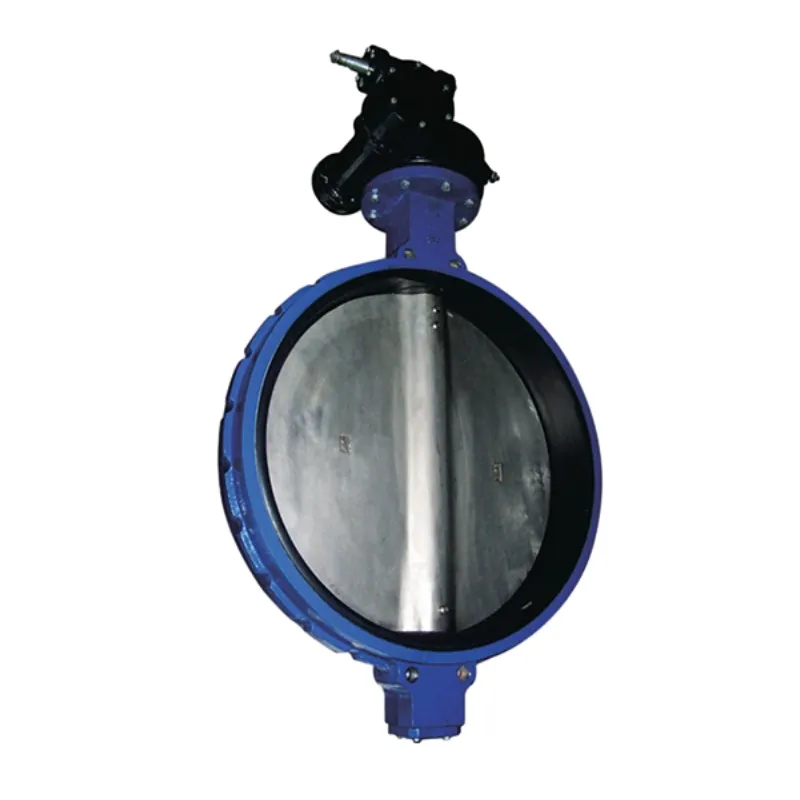Desemba . 16, 2024 01:03 Back to list
Choosing the Right U Type Butterfly Valve for Your Project Needs
Understanding U-Type Butterfly Valves Design, Function, and Applications
In the realm of fluid control technology, butterfly valves have carved out a critical niche. Among these, the U-type butterfly valve stands out due to its unique design and functionality. This article delves into the characteristics, working principles, advantages, and applications of U-type butterfly valves, shedding light on why they are a preferred choice in various industries.
What is a U-Type Butterfly Valve?
A U-type butterfly valve is characterized by its distinctive U shape in the valve body, which contributes to its enhanced flow dynamics and control capabilities. The design consists of a circular disc or vane that pivots on a shaft to open or close the flow of fluid. Unlike traditional butterfly valves, the U-type configuration facilitates smoother operation, reduces turbulence, and minimizes pressure drop across the valve.
Working Principle
The working principle of a U-type butterfly valve is relatively straightforward. When the handle or actuator is turned, the disc rotates about the shaft, shifting from a closed position (90 degrees) to an open position (0 degrees). In the closed position, the disc blocks the flow of fluid, while in the open position, the fluid can flow freely through the valve. This pivoting action allows for quick operation and precise flow control, making it ideal for various applications.
The design of the U-type butterfly valve also ensures that the flow path is streamlined. As fluid passes through the valve, it encounters less resistance and turbulence compared to other designs, which leads to improved efficiency and lower energy consumption in pumping systems.
Advantages of U-Type Butterfly Valves
1. Compact Design The U-type butterfly valve is lightweight and compact, making it suitable for applications where space is limited. This is particularly advantageous in industrial settings where heavy machinery and equipment co-exist.
u type butterfly valve

2. Ease of Operation With simple mechanisms for both manual and automated operation, U-type butterfly valves are easy to use. They can be operated by a lever, gear, or electric actuator, allowing for versatility in controls.
3. Cost-Effective These valves often come at a lower installation cost due to their simplistic design and ease of integration into existing systems. Their straightforward maintenance further enhances their cost-effectiveness over time.
4. Reduced Pressure Drop One of the standout features of the U-type design is its ability to minimize pressure loss. By facilitating a smooth flow path, these valves reduce the energy required to pump fluids through the system.
5. Versatility U-type butterfly valves can handle a wide range of fluids, including water, chemicals, and even slurries. This adaptability makes them suitable for various industries such as water treatment, food processing, and chemical manufacturing.
Applications
The U-type butterfly valve finds applications across a multitude of industries. In the water and wastewater sector, these valves are commonly used for water distribution and effluent control, where precise regulation of flow is crucial. In the food and beverage industry, sanitary U-type butterfly valves are essential for maintaining hygiene standards while facilitating fluid transfer.
Moreover, in the chemical processing industry, U-type valves are employed for managing the flow of corrosive substances, thanks to their availability in various materials such as stainless steel, PVC, and other alloys. Their robustness and reliability make them ideal for HVAC systems, where they help regulate air and water flow, ensuring optimal environmental control.
Conclusion
In summary, U-type butterfly valves serve as a vital component in modern fluid control systems. Their unique design, coupled with a host of advantages, positions them as an attractive option for engineers and designers across multiple industries. By understanding the principles and benefits associated with U-type butterfly valves, stakeholders can make informed decisions that enhance system efficiency, reduce operational costs, and maintain high levels of performance. Whether in water treatment facilities, chemical plants, or HVAC systems, the U-type butterfly valve continues to prove its worth as a valuable asset in fluid management.
Share
-
Reliable Wafer Type Butterfly Valves for Every IndustryNewsJul.25,2025
-
Reliable Flow Control Begins with the Right Ball Check ValveNewsJul.25,2025
-
Precision Flow Control Starts with Quality ValvesNewsJul.25,2025
-
Industrial Flow Control ReliabilityNewsJul.25,2025
-
Engineered for Efficiency Gate Valves That Power Industrial PerformanceNewsJul.25,2025
-
Empowering Infrastructure Through Quality ManufacturingNewsJul.25,2025


